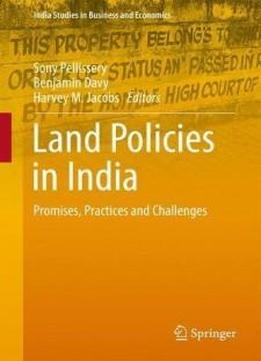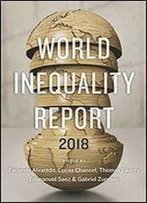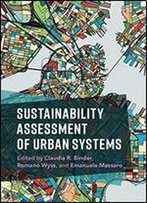
Land Policies In India: Promises, Practices And Challenges (india Studies In Business And Economics)
by Sony Pellissery /
2017 / English / PDF
3.6 MB Download
This book examines how property rights are linked to
socio-economic progress and development. It also provides a
theoretical analysis, an economic/social analysis of planning,
case studies of the implementation of planning and regulation
instruments, practices related to law and planning, analysis of
case laws in a particular segment. The interconnection
between property, law and planning is a running theme throughout
the book.
This book examines how property rights are linked to
socio-economic progress and development. It also provides a
theoretical analysis, an economic/social analysis of planning,
case studies of the implementation of planning and regulation
instruments, practices related to law and planning, analysis of
case laws in a particular segment. The interconnection
between property, law and planning is a running theme throughout
the book.The land question has been central to South Asian development
on two counts: First, although the majority of the population
relies on agriculture and allied activities their livelihood,
landholding is highly skewed; second, urban planning is facing
unprecedented challenges due to bourgeoning property values as well
as gush of migrants to cities seeking livelihood. The response to
these challenges in the form of laws and policies has been very
large compared to the academic attention that is received. However,
the measures emerging from planning and policies have had limited
impact on the extent of the problems. This paradox calls for
serious introspection and academic engagement that this book
undertakes. The book further deals with the emerging discipline of
planning law, which determines property value and use, and argues
that regulatory issues of public policy determine the property
valuation and property pricing.
The land question has been central to South Asian development
on two counts: First, although the majority of the population
relies on agriculture and allied activities their livelihood,
landholding is highly skewed; second, urban planning is facing
unprecedented challenges due to bourgeoning property values as well
as gush of migrants to cities seeking livelihood. The response to
these challenges in the form of laws and policies has been very
large compared to the academic attention that is received. However,
the measures emerging from planning and policies have had limited
impact on the extent of the problems. This paradox calls for
serious introspection and academic engagement that this book
undertakes. The book further deals with the emerging discipline of
planning law, which determines property value and use, and argues
that regulatory issues of public policy determine the property
valuation and property pricing.










